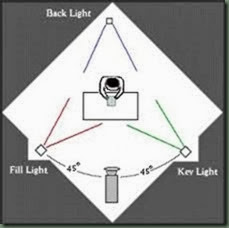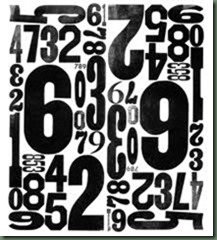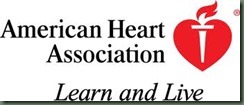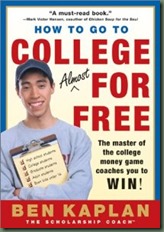 Thursdays we discuss how reusable materials you WOW committees and save time
Thursdays we discuss how reusable materials you WOW committees and save time
Bart works for a nonprofit community organization that helps low income students find and apply for scholarships. He specializes in helping students complete their master applications. He donates hours each week working with students to gather, edit, and perfect their information. He meets with students 4-6 times. Many students recognize his contribution to them receiving thousands of dollars in scholarship funds. He saves them hours in applying for financial aid and admission to school.
Q: Do scholarships still require interviews to get scholarships?
A: Many scholarship committees require interviews as part of the application process. While the committee may conduct the interview themselves, many committees use high school guidance counselors, teachers, or others to conduct the interviews. Local scholarships frequently ask for an interview. For example, many times Rotary and Kiwanis Clubs require an interview for local students. In addition, some scholarships given by a specific college may ask for an interview.
In recent years, we’ve seen an increase in interviews using Skype or another online meeting software. We anticipate this trend will increase over the next few years.
Q: What do you think about contests that require video clips?
A: Generally, we advise students and their parents to avoid contests. They typically reflect scams to gather email addresses which they sell to others. However, there are several types of contests that we recommend. They include:
- Musical performance contests such as music recitals or concerts
- Drama performances, sketches, and skits
- Photo, sculpture, and art contests
- Poetry and writing contests
 Many of these contests require you send a video clip as part of the application. Too many students send in poorly produced video clips. You may wish to consider the following tips as you produce your video clip for the scholarship committees:
Many of these contests require you send a video clip as part of the application. Too many students send in poorly produced video clips. You may wish to consider the following tips as you produce your video clip for the scholarship committees:
- Use a good quality digital camera—not the camera on your phone or tablet
- Set up lighting using backlights, key lights, and fill lights (see diagram)
- Record with an external microphone for good sound
Saturday we share a tip about using YouTube to earn scholarships and financial aid
This blog will improve as you submit comments, questions, and experiences. We will answer your questions in future blog posts. Please submit your comments and questions so we can answer them.









